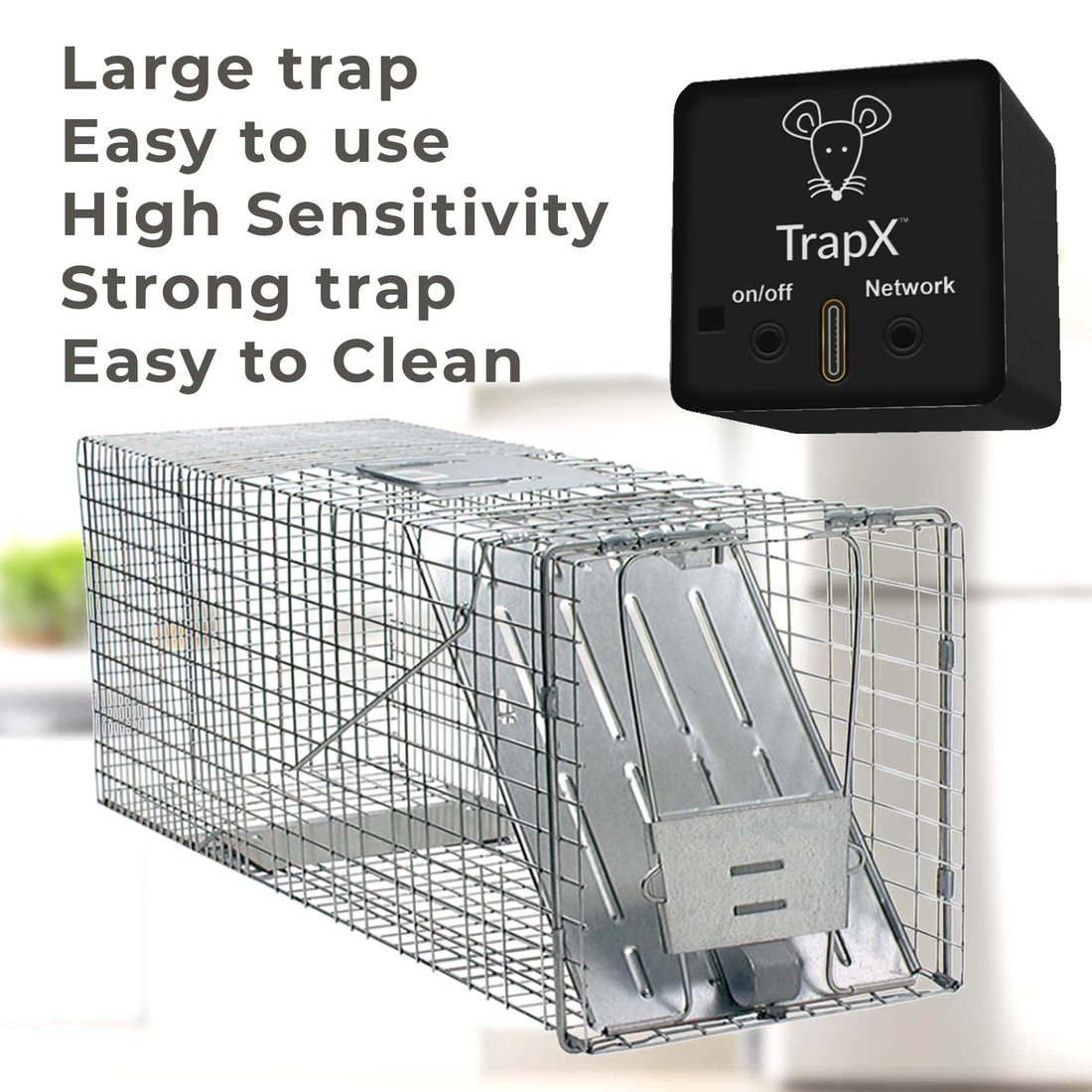The Sticky Situation: Dealing with a Mouse on a Glue Trap
Share
Have you ever found yourself in a sticky situation with a mouse on a glue trap? If so, you're not alone. Dealing with a rodent infestation can be a challenging and frustrating experience, but understanding how to effectively handle a mouse caught on a glue trap can make all the difference. In this article, we will explore the best practices for dealing with a mouse on a glue trap and provide some helpful tips for pest control.

The Dilemma of Glue Traps
Glue traps are commonly used as a method of rodent control. They are designed to catch mice and other small pests by using a sticky adhesive surface. While they can be effective in capturing rodents, they often pose ethical and humane concerns. When a mouse gets stuck on a glue trap, it can lead to a slow and painful death. This has sparked debates about the use of glue traps and the need for more humane alternatives.
Understanding the Mouse's Predicament
When a mouse gets caught on a glue trap, it can experience extreme stress and fear. The sticky surface prevents the mouse from moving, leading to feelings of helplessness and vulnerability. As the mouse struggles to free itself, it may injure itself further or even break bones in the process. It is essential to approach the situation with empathy and compassion, keeping in mind the well-being of the trapped mouse.

Best Practices for Dealing with a Mouse on a Glue Trap
1. Remain Calm: It is important to stay calm and composed when dealing with a mouse on a glue trap. Panicking or acting impulsively can lead to unnecessary harm to the trapped mouse or yourself.
2. Assess the Situation: Before taking any action, carefully evaluate the condition of the mouse and the glue trap. If the mouse is severely injured or in distress, it may be best to seek professional help or contact a local animal rescue organization.
3. Use Protective Gear: To protect yourself from potential bites or scratches, consider wearing gloves while handling the glue trap. This will also prevent any transfer of diseases or parasites from the mouse to you.
4. Apply Oil or Lubricant: If the mouse is still alive and appears to be in relatively good health, you can attempt to release it from the glue trap by applying oil or a lubricant around the edges of the trap. This will help loosen the adhesive and allow the mouse to free itself.
5. Be Patient: It may take some time for the mouse to free itself from the glue trap. Avoid pulling or tugging on the mouse, as this can cause further harm. Instead, provide a safe and quiet space for the mouse to recover and regain its strength.

Preventing Rodent Infestations
Dealing with a mouse on a glue trap is just one aspect of pest control. To prevent future rodent infestations, consider implementing the following measures:
1. Seal Entry Points: Inspect your home for any gaps or openings that mice can use to enter. Seal these entry points with caulk or steel wool to prevent rodents from gaining access.
2. Remove Food Sources: Keep your kitchen and pantry clean and free of food debris. Store food in airtight containers to prevent attracting rodents.
3. Maintain Cleanliness: Regularly clean your home and dispose of trash properly. Clutter and unkempt areas can provide hiding spots for mice.
4. Use Traps and Baits: Consider using snap traps or bait stations as an alternative to glue traps. These methods are often more humane and can effectively control rodent populations.
Conclusion
Dealing with a mouse on a glue trap can be a challenging situation, but by approaching it with empathy and following the best practices outlined in this article, you can minimize harm to the trapped mouse and effectively address the rodent infestation. Remember to prioritize the well-being of both humans and animals when dealing with pest control issues.
